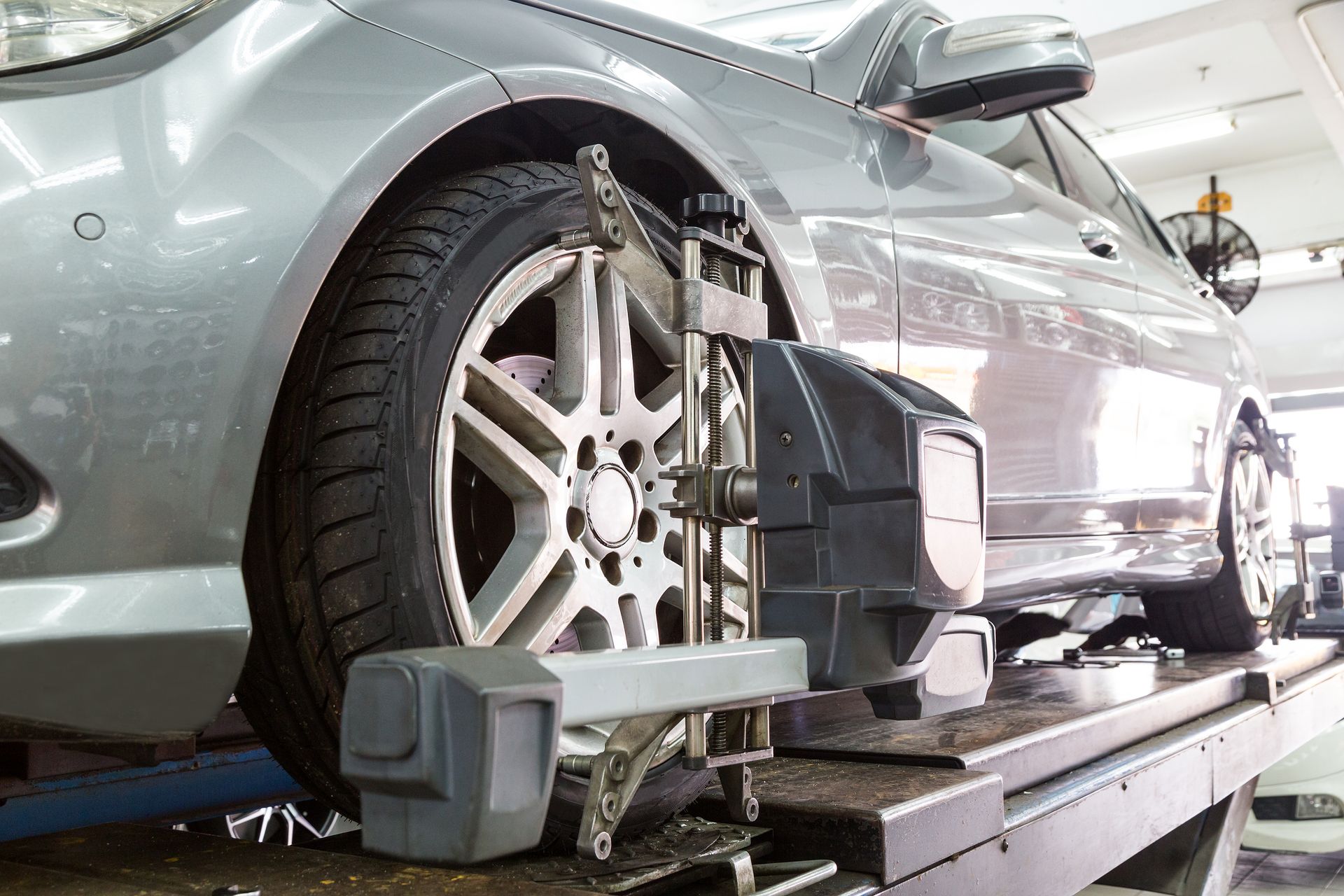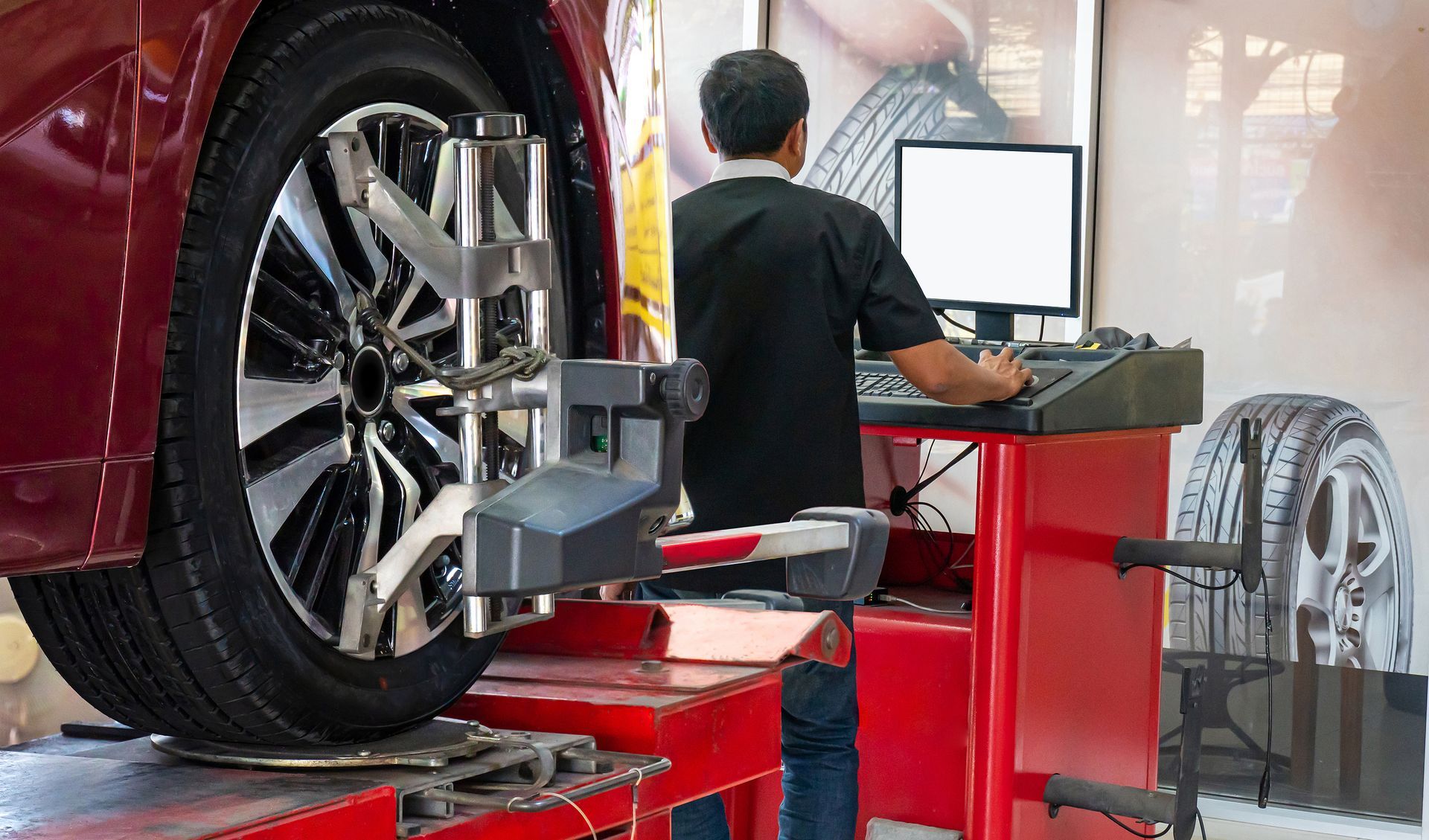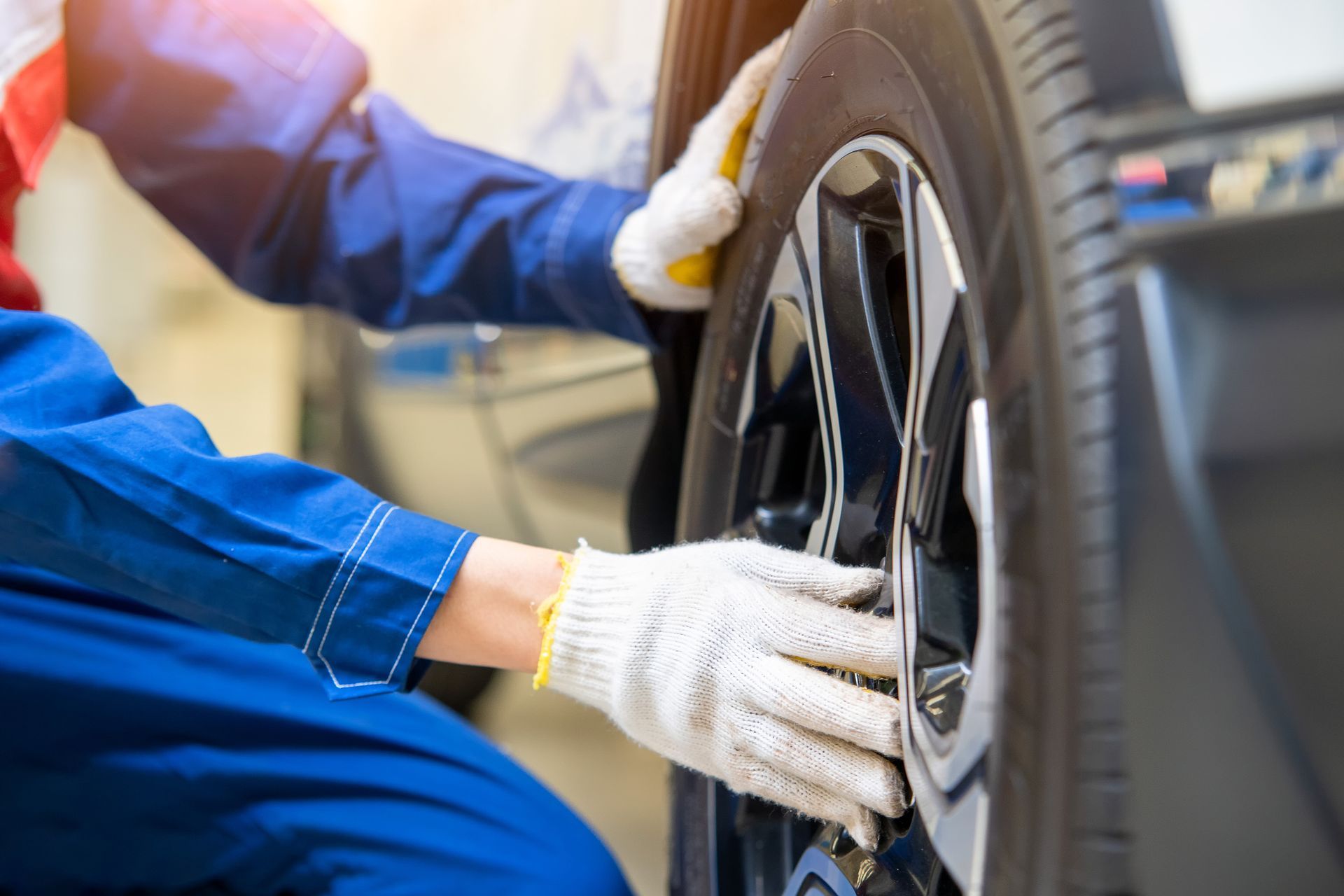How Wheel Alignment Impacts Tire Wear

Understanding the effects of wheel alignment on tire wear is essential for every car owner. It’s not just about extending tire life; it's also about ensuring safety, boosting fuel efficiency, and enhancing overall vehicle performance. In this article, we'll explore how wheel alignment affects tire wear and why it is a critical component of tire maintenance. Whether you're a car enthusiast or simply looking to extend your tire's lifespan, this guide will provide valuable insights into the importance of wheel alignment.
What is Wheel Alignment?
Wheel alignment involves adjusting the angles of the wheels to meet the manufacturer's specifications. The goal is to ensure that the wheels are perpendicular to the ground and parallel to each other. Proper wheel alignment optimizes vehicle handling, minimizes tire wear, and improves fuel efficiency. The key components of wheel alignment include camber, caster, and toe.
The Key Components of Wheel Alignment
- Camber: The tilt of the tire inward or outward when viewed from the front.
- Caster: The angle of the steering axis when viewed from the side.
- Toe: The extent to which the tires turn inward or outward when viewed from above.
The Effects of Improper Wheel Alignment
Improper wheel alignment can cause numerous issues, the most noticeable being uneven tire wear. This leads to reduced tire life and compromised tread life. Additionally, poor alignment can negatively impact fuel efficiency and vehicle safety.
Uneven Tire Wear and Its Patterns
Uneven tire wear occurs when the tires do not make even contact with the road, leading to premature tire replacement due to excessive wear on one side.
Reduced Tire Life and Tread Life
Misaligned wheels cause uneven tire wear, significantly reducing the tire's lifespan and resulting in the need for more frequent replacements.
Impact on Fuel Efficiency and Vehicle Safety
Misaligned wheels create uneven road resistance, increasing fuel consumption. Furthermore, improper alignment can compromise vehicle safety by affecting steering and suspension, leading to poor handling.

Symptoms of Poor Wheel Alignment
Recognizing the signs of poor wheel alignment early can prevent further damage. Common symptoms include the vehicle pulling to one side, unusual vibrations, and excessive tire noise.
Recognizing the Signs: Pulling, Vibration, and Tire Noise
- Pulling to One Side: A clear sign of misalignment, where the vehicle subtly or noticeably pulls to one side.
- Unusual Vibrations: Vibrations felt in the steering wheel, often accompanied by excessive tire noise.
How to Tell if Your Vehicle Needs a Wheel Alignment
Pay attention to your vehicle's behavior to identify alignment issues. If you notice any of the symptoms mentioned above, it's time for a wheel alignment check. Early detection can save you from costly repairs and ensure a safer driving experience.
Maintaining Wheel Alignment Efficiency
Maintaining proper wheel alignment is crucial for optimal vehicle performance. Regular checks and adjustments can help ensure alignment efficiency, extending tire life and ensuring a smooth and safe ride.
Regular Checks and Alignment Services
Experts recommend getting your wheels aligned every two to three years, or more frequently if you drive on rough roads.
The Role of Driving Habits and Road Conditions
Driving habits and road conditions significantly affect wheel alignment. Aggressive driving and poorly maintained roads can lead to misalignment.
DIY Tips and When to Seek Professional Help
While some signs of poor alignment can be spotted at home, professional service is necessary for accurate diagnosis and adjustment. Check for uneven tire wear or an off-center steering wheel, but seek professional help for comprehensive alignment checks and adjustments.

The Bottom Line: Wheel Alignment as Preventative Maintenance
Wheel alignment is a vital part of preventative maintenance. It not only maintains tire health but also enhances overall vehicle performance. Neglecting wheel alignment can lead to costly repairs and replacements in the long run.
Cost-Effectiveness and Long-Term Benefits
Regular wheel alignment checks can save money by preventing uneven tire wear, extending tire life, and improving fuel efficiency.
Aligning with Environmental and Safety Standards
Proper wheel alignment improves fuel efficiency, reducing tire waste and aligning with environmental standards. It also enhances vehicle safety by ensuring optimal handling and braking performance.
Conclusion and Next Steps
In summary, wheel alignment significantly impacts tire wear and overall vehicle performance. Regular checks and adjustments offer long-term benefits, including cost savings, improved safety, and environmental sustainability. Make wheel alignment a priority in your vehicle maintenance routine.

